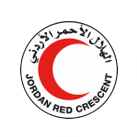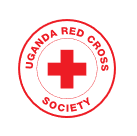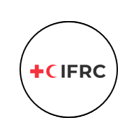Escrito por Melissa El Hamouch
¿Qué es un rumor? Según el Diccionario de Cambridge, a rumor is “an unofficial interesting story or piece of news that might be true or invented, and quickly spreads from person to person”.
Hoy en día, la difusión de especulaciones no se limita a un país o a una población. Los rumores son capaces de llegar a cualquiera gracias al creciente uso de las redes sociales. Con la pandemia de COVID-19, circuló una oleada de desinformación en torno al virus SARS-CoV-2 y, más recientemente, en torno a las vacunas contra él.
Las Sociedades de la Cruz Roja y de la Media Luna Roja han adaptado su respuesta de emergencia de muchas maneras para garantizar que su prestación de servicios no se vea afectada por las circunstancias de la pandemia. Uno de los métodos que utilizaron las Sociedades Nacionales para modificar su respuesta fue rediseñar su estrategia de comunicación de riesgos. En un momento en que la COVID-19 era nueva, fue un paso crucial para las Sociedades Nacionales integrar esos nuevos enfoques abordando los falsos rumores dentro de las comunidades.
Recopilación digital de rumores
Un enfoque que se observó ampliamente en 2020 fue el cambio de la recogida de datos manual a la digital. 510siendo la iniciativa de datos y digital de la Cruz Roja Holandesa, pudo apoyar a varias Sociedades Nacionales en la realización de este cambio.
Media Luna Roja de Jordania (JRCS) buscaba métodos rápidos y eficaces para incluir en su programa de comunicación de riesgos y compromiso. Con la ayuda de 510, la JRCS decidió adoptar herramientas digitales que ayudaran a localizar y atajar los rumores que contuvieran información falsa.
Ibrahim Al Ajlouni, the Head of Centre for First Aid at JRCS, said “we receive notice of a lot of rumors on a daily basis and it is important for us to catch the rumor at an early stage before it becomes big”.
Al Ajlouni then elaborated on the types of rumors that circulate by saying, “sometimes the rumor is about COVID-19 and other times it revolves around the work of the Red Crescent. They sometimes don’t even apply to Jordan, but because of the amount of misinformation shared on social media, it starts to spread in our country too”.
Rania Abdaldaiem, the Head of Communications and Public Relations Unit at JRCS, discussed the use of Kobo Collect in JRCS’ work. Kobo Collect is an open-source tool for mobile data collection. Abdaldaiem said “it is important that our community knows the nature and what Jordan Red Crescent represents; with the support from 510 on digitizing our data collection procedure using Kobo Collect, we now have the flexibility to develop the form that fits with our needs”.
Al Ajlouni then brought up another issue the KoBo collection tool was able to solve, “when our volunteers were collecting data regarding the vaccination programs, it would take too much time to address and validate all the data that was being gathered on paper. It would take so much time for the rumors to be brought to our attention and even longer to address them”.
Abdaldaiem then elaborated on why digitizing data collection was an important step taken in tracking rumors by saying, “we have the ability to allocate information at the beginning and are able to address it directly if any follow-up is needed; we need to interact fast, especially when dealing with rumors”.
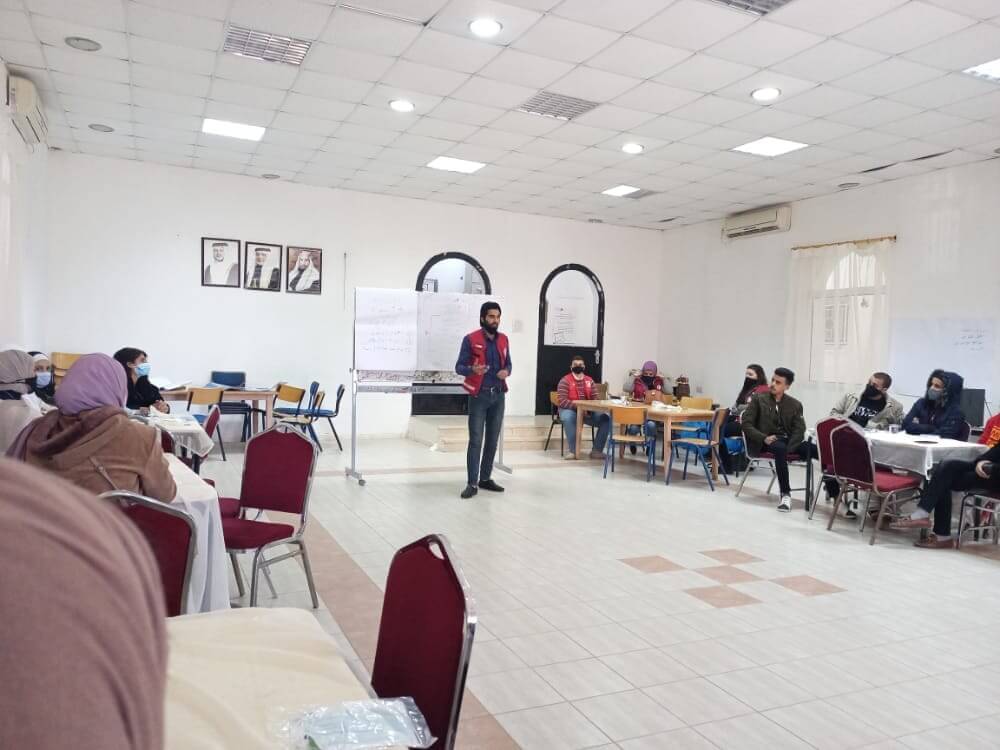
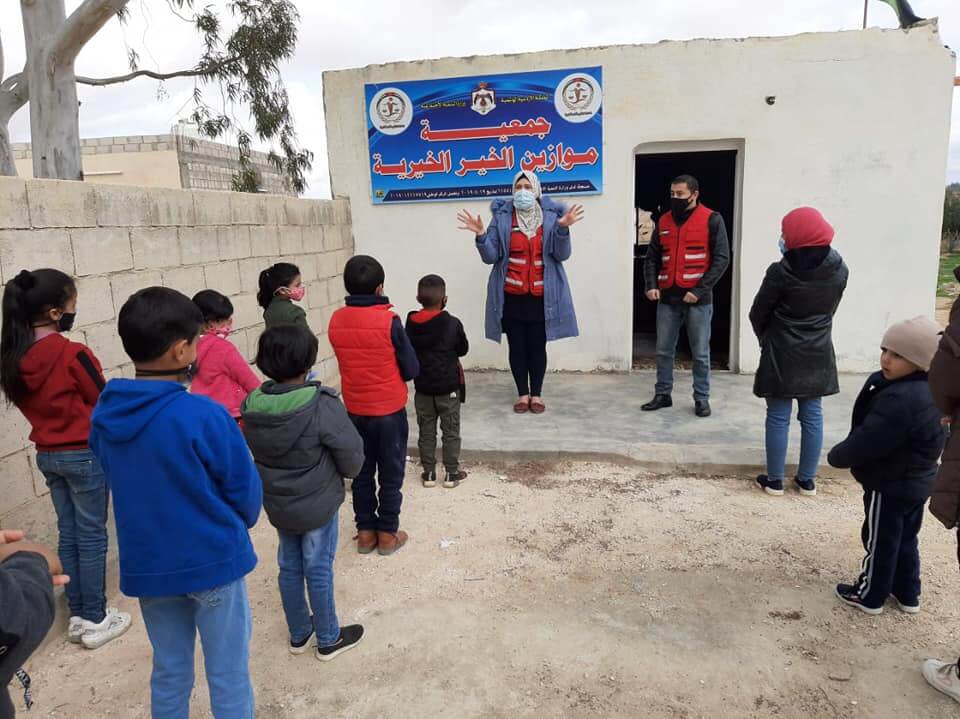
La Media Luna Roja jordana lleva a cabo campañas de sensibilización sanitaria en todo el país para garantizar la seguridad de la COVID-19
Visualización de rumores
A más de 3.000 km de Jordania, el Cruz Roja de Uganda (URCS) también han recibido apoyo de 510 para adoptar más herramientas digitales, como el desarrollo de un tablero de seguimiento de rumores.
“Having a dashboard makes it easier to go forth with using the information on the data that was collected” said Arnold Ezama, URCS’ Community Epidemic and Pandemic Preparedness Program Officer, when talking about how the dashboard has helped with URCS’ work.
Ezama continued to say, “we were able to receive information directly from the field”. This information can be sorted, analyzed, and then visualized clearly on the rumor tracking dashboard.
When asked to share a main highlight of using this digital tool for the URCS’ COVID-19 service delivery, Ezama stated: “first, we were able to pick up data on disabilities, which has been a challenge for us in the past and second, we were able to gather data on age group distribution. The additional data not only improved our reporting but allowed us to assess and associate rumors to more specific indicators like age and location”.
Poder clasificar los rumores por temas y visualizarlos en el tablero de mandos ayuda al equipo de preparación de la comunidad a planificar campañas específicas para hacer frente a cualquier información errónea. El cambio a un enfoque más digital a la hora de recopilar datos parece dar a las Sociedades Nacionales la capacidad de realizar cambios rápidos y eficaces que pueden variar rápidamente en función de la necesidad y el objetivo de un programa.
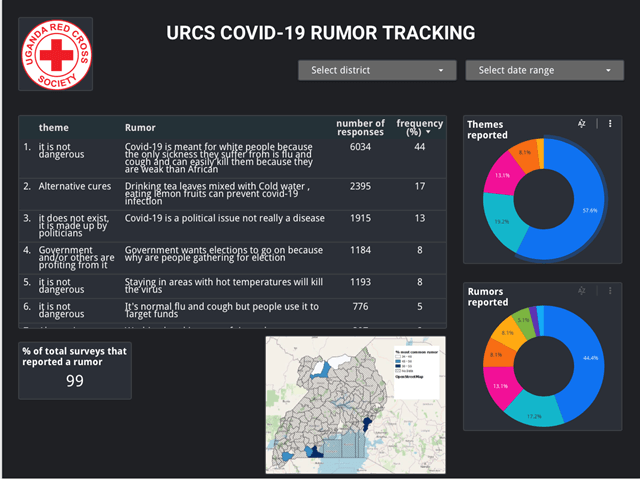
Uganda Red Cross Society COVID-19 Rumor Tracking Dashboard
La introducción de herramientas y métodos digitales presenta un efecto destacado a corto y largo plazo. El año 2020 presentó a las Sociedades Nacionales la oportunidad de incluir más datos y herramientas digitales, con el apoyo de 510, en su respuesta de emergencia contra el COVID-19.
Muchas Sociedades Nacionales hicieron realidad esa oportunidad y experimentaron cómo numerosas herramientas digitales pudieron, en muchos sentidos, acelerar la prestación de sus servicios en medio de la pandemia de COVID-19.
Image source: IFRC ShaRED Web Platform
